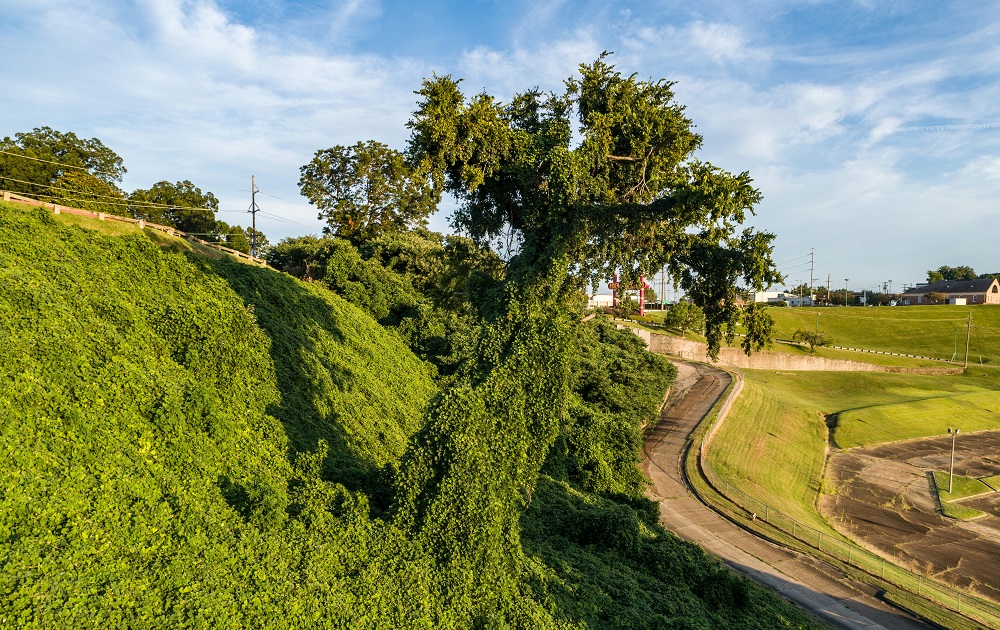Outdoor Education: Learn About Invasive Plants
As their name suggests, invasive plants are the invaders of the botanical world. They're plants that have spread from the ecosystem where they belong into another ecosystem. When this happens, they usually grow quickly in their new home, damaging the ecosystem or even human health. Invasive plants can take any form, from flowers or grasses to tall trees. Sometimes, they sneak into neighborhood parks, backyards, and nature preserves uninvited, carried accidentally from place to place, but other times, they're planted intentionally, without knowledge of the damage that they can cause.

How Invasive Plants Affect the Ecosystem
When an invasive plant arrives in a new ecosystem, it often doesn't encounter the types of threats that it was surrounded by at home. Local animals may have evolved to eat the plant, for instance, which would help to control its numbers. But in a new home, an invasive plant can often spread unchecked. As this happens, the invading plant begins to crowd out native plants, out-competing them for resources as the invaders rapidly reproduce. This then means that the animals that eat those native plants go hungry: With a dwindling population of the plants they're used to eating, the numbers of animals begin to dwindle, too. Native animals might also lose their homes. If a butterfly species always lays its eggs on one type of plant but that plant is now in short supply, the butterflies might not be able to find places for their larvae to grow into new butterflies.
Invasive plants can also make a habitat less suited for native species in other ways. For instance, some invasive plants grow densely enough to reduce the amount of light that can reach the ground below them, which can harm ground-dwelling animals as well as the native plant population. When invasive plants grow in large enough numbers, they can even affect the climate of the ecosystem, altering the temperature or humidity in a way that makes the area less well-suited for the native species. All of these effects cascade up the food chain, harming everything that lives in the ecosystem.
What Makes a Plant Invasive?
Many of the most damaging invasive plants have a few characteristics in common. Usually, these plants readily adapt to different growing conditions, including areas with few nutrients or those with a surplus of nutrients in the soil. They also reproduce rapidly, either by sending out roots to create new shoots or by making large numbers of easily dispersed seeds. They're also more likely to "green up" earlier in the spring, meaning that they get a head start on the growing season compared to the native plants. Combine any or all of these factors with a lack of natural predators in the new area and you have a recipe for an ecological disaster.
What Can People Do to Help?
The first thing you should do to help prevent the spread of native species is to take a close look at your own property. If you see invasive plants, get rid of them, being careful not to spread their seeds as you do so. Replace them with native plants to avoid leaving bare spots where another invader could move in. Once this project is done, check over your property regularly for new invaders. The sooner you catch an invasive species, the less of a chance it has to spread and do damage.
You should also be careful to avoid spreading seeds around from place to place. When you go outdoors on a hiking trail, check over your shoes before you head back home to make sure that there aren't any seeds trying to hitch a ride with you. Boaters also need to do their part to avoid spreading invasive species. Whenever you go boating, always wash the boat down when you're done to remove any aquatic plants or animal larvae that you might otherwise inadvertently spread to the next body of water you visit.
Additional Resources
- Invasive Plants
- Top Six Invasive Plant Species in the United States
- Invasive Species 101
- Understanding Invasive Species
- Take Action Against Invasive Species
- Invasive Plants and the Damage They Can Cause
- How Hikers Can Help Reduce the Spread of Invasive Plants
- How to Avoid Spreading Seeds to New Locations
- Invasive Plant Prevention Guidelines
- How to Protect Your Waters From Invasive Species
- List of Invasive Plant Species
- Invasive Plant FAQs
- Managing Invasive Plants: Methods of Control
- How to Remove Invasive Plant Species for Good
- Four Environmentally Conscious Ways to Kill Invasive Plants
- Safe Play Structures for Parks
Edited by: Ben Thompson

